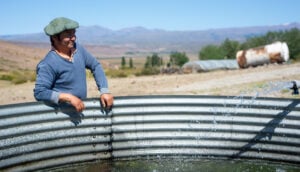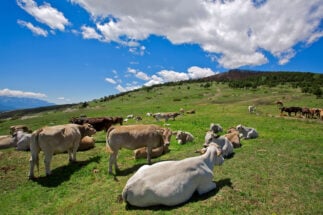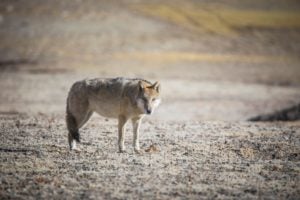“We’ve had some very complicated years, with very strong storms that break everything, plus droughts that don’t allow us to plant anything,” says Sandra Cruz, who has been a horticultural producer for more than 20 years in La Plata, Argentina.
Rising temperatures, more frequent extreme events and changes in rainfall patterns are some of the effects the climate crisis is having on Latin America, a region that accounts for 14% of the world’s food production and whose agriculture is facing the challenge of adaptation.
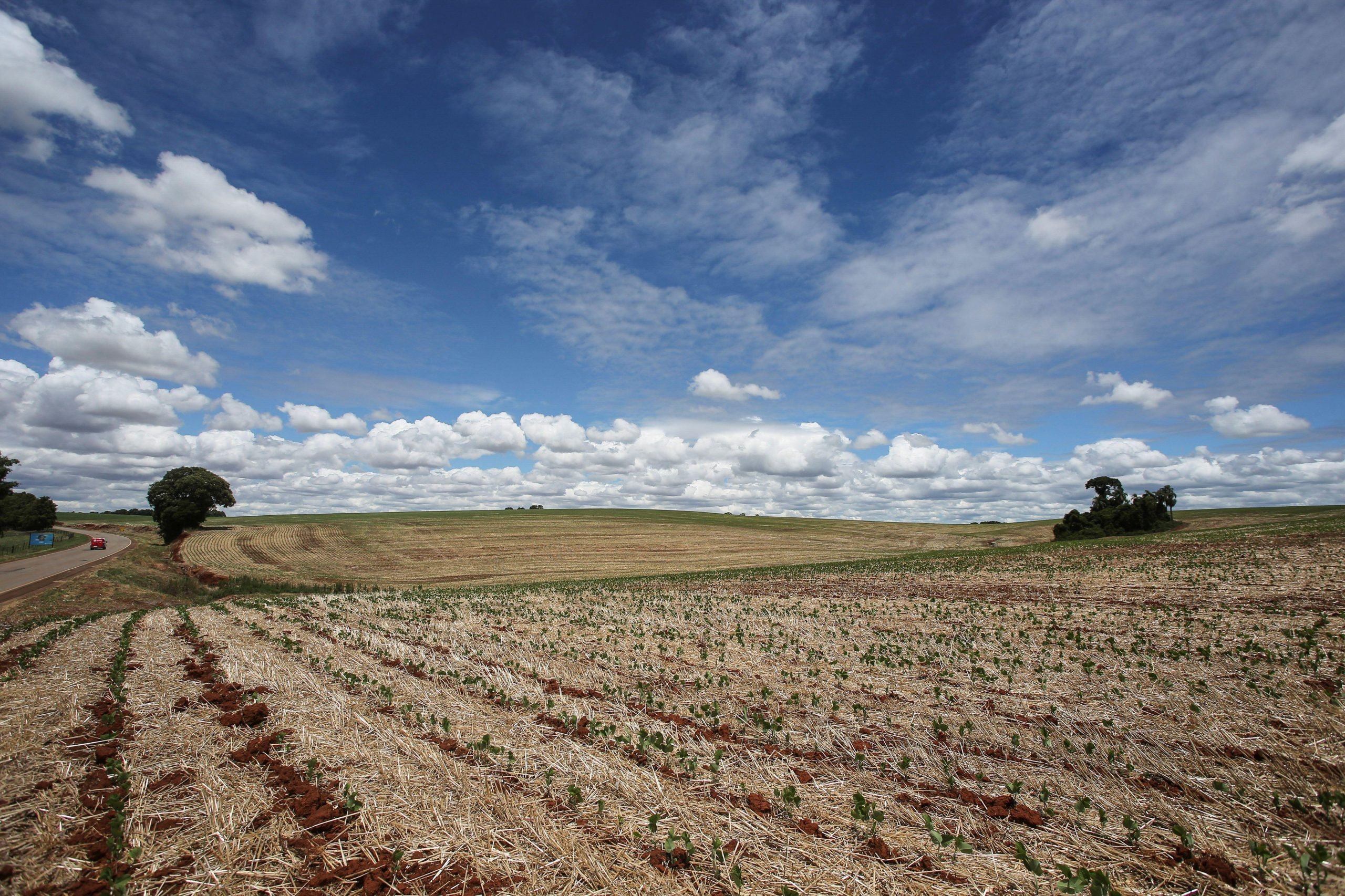
The effects of extreme weather are already visible. According to the World Meteorological Organisation, Latin America is one of the world regions “most challenged” by extreme weather events, which are already causing “loss of or damage to vital infrastructures… water and energy-related shortages, displacement, and compromised population safety, health and livelihoods”.
Faced with these changes, moving towards more resilient farming systems is key. Across the region, a number of pilot initiatives by small farmers and large-scale producers have already demonstrated their effectiveness in changing conditions, and the number continues to grow. Specialists, meanwhile, are also calling for public policies that enhance structural changes.
Concrete actions and success stories
One adaptation project of note is Resilient Food, an initiative that focuses on small-scale, family-run farms for food production in regions vulnerable to climate change in Argentina and Colombia. It is funded by the European Union.
Over the past two years, experts from state institutions in the two countries have worked with 190 families in four regions (Córdoba, La Plata and Patagonia in Argentina, and Caquetá in Colombia) to reduce the vulnerability of food production systems and strengthen adaptation strategies.
Antonio Solarte, from the Colombian Centre for Research on Sustainable Agricultural Production Systems (CIPAV), was in charge of the Resilient Food project in Colombia. He worked with small- and medium-sized livestock producers vulnerable to floods and droughts. In a collaborative process, they identified 40 possible adaptation measures, of which 23 were implemented, many of them related to water management.
“We worked on conservation of water sources, restoration of ecosystems, reforestation, efficient water use, construction of livestock watering systems, water harvesting at critical times, decontamination of water used for livestock activities, and construction of low-cost biodigesters to generate renewable energy,” Solarte told Diálogo Chino.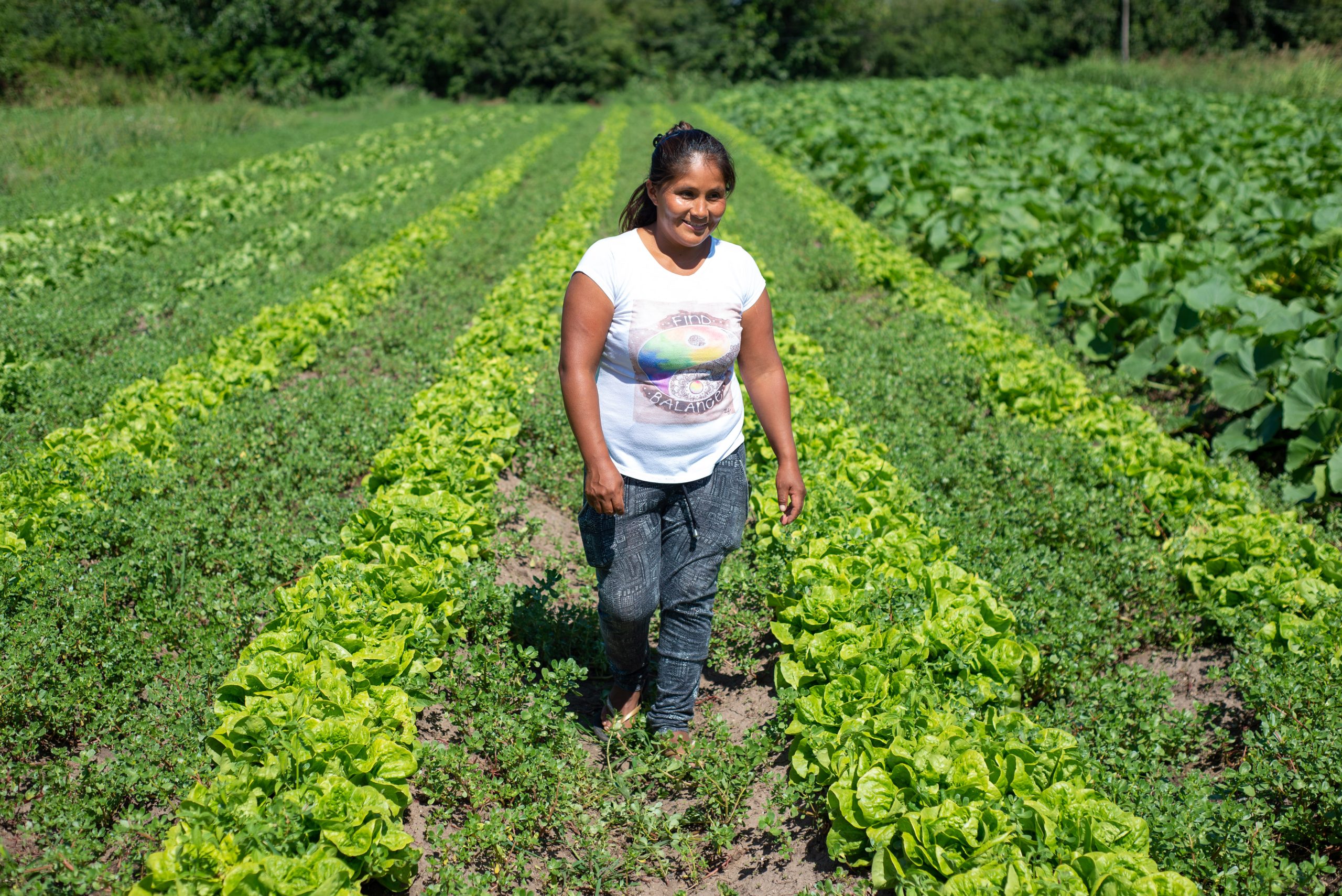
Thousands of kilometres south in La Plata, Argentina, industrial designer Edurne Battista shares her experience with farming families in the area, who are concerned about increasingly frequent heavy storms that damage their facilities and cause power cuts, which affect their irrigation systems. “The families perceive there to be more and more storms, with a lot of wind and rain, and shorter and milder winters – and we can corroborate this with scientific data. In response, we are looking for adaptation strategies,” Battista said.
The community set up new reservoirs to stabilise water supply even when there are power outages; they conducted training on soil restoration to reduce dependence on agrochemicals; and they introduced agro-ecological practices and crop diversification. In total, the project included some 34 families as direct beneficiaries, with indirect impacts on more than 400 families involved in the sector.
The initiative has been well received by farmers. “We are making green manure, without agrochemicals, and it has turned out well. This allows us not to buy inputs that are dollarised, such as agrochemicals. They also taught us how to produce our own seed, and that also saves us money,” says horticultural producer Sandra Cruz. And she adds: “For me, being resilient means coming back to life.”
Bridging the digital divide
Having access to up-to-date, real-time information is key to improving the capacity of farming families to adapt to climate change. This is the understanding of the NANUM Mujeres Conectadas project, which aims to improve connectivity and digital literacy among women in agriculture, and promote their role as agents of change. It is part of the broader Gran Chaco Proadapt programme that seeks to build climate resilience in the threatened biome.
Marcela Zamora is in charge of the project in the Bolivian department of Tarija, in the country’s Gran Chaco, close to the Paraguay and Argentina borders. There, she works with women from six rural communities, who have been trained in the use of different hardwares, equipped with better internet connections, and helped in their search for useful information.
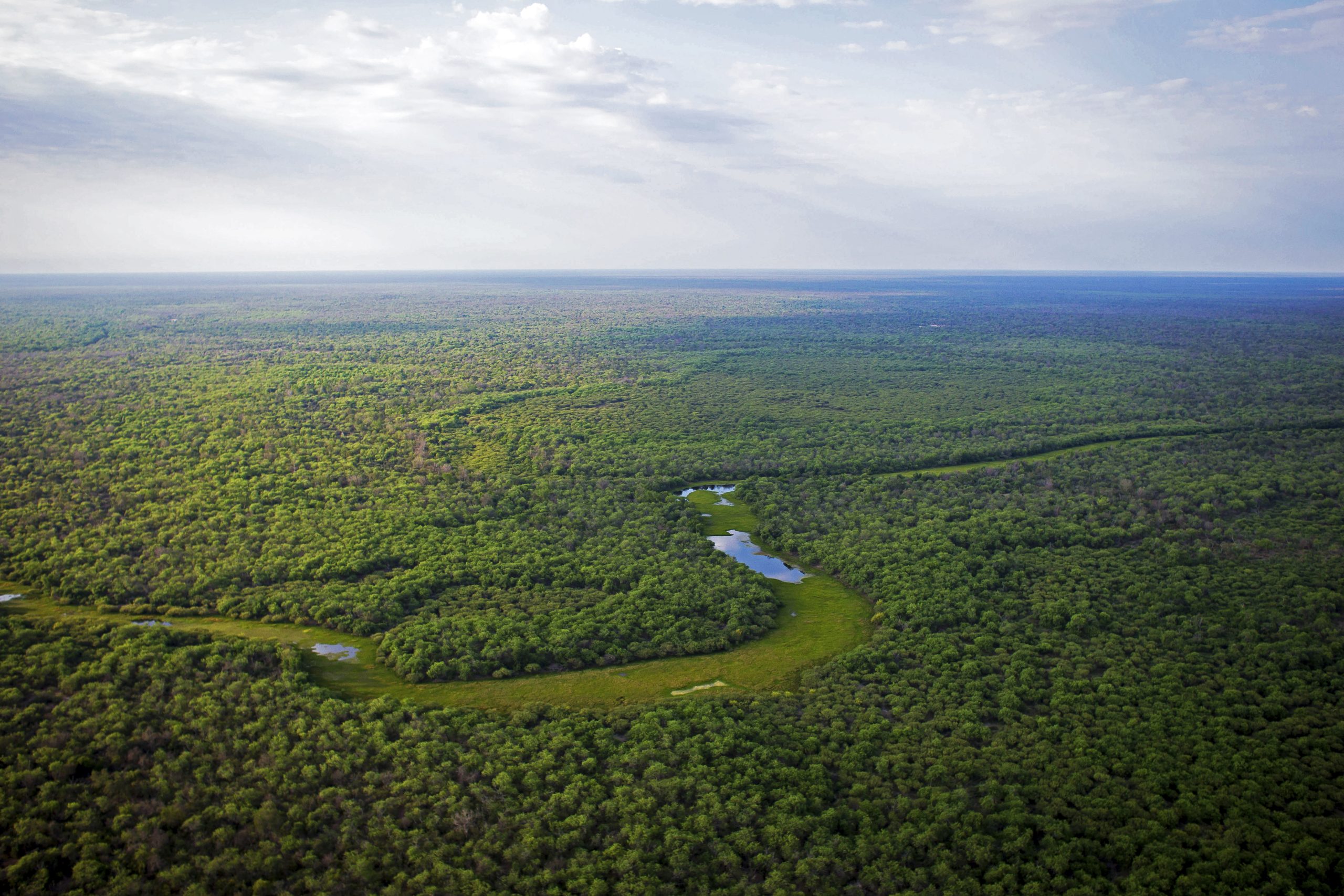
“We focus on working with women because they are the ones who usually organise the life of the communities. The main tool we offer is connectivity, without which it is impossible to understand changes in the territory today,” she said.
Zamora recalled that the Gran Chaco is a region that is highly vulnerable to climate change and has been hit hard by forest fires in recent years. In a scenario of increased climate uncertainty, quick access to good information becomes essential.
“Connectivity is a basic, unmet need in rural areas of Bolivia; it is a tool that, if it works, enables access to many other rights. The challenge for us is to reach these communities with the internet, train them in its proper use and thus improve their resilience and adaptation to extreme weather events,” said Zamora.
More management, better adaptation
Franco Bardeggia is an agronomist who coordinates a regional programme run by Aapresid (the Argentine Association of Direct Seeding Producers) in the province of Córdoba, in central Argentina. There, soybean and maize farmers have been suffering for years from excessive water levels caused by rising groundwater tables, which results in periodic flooding and waterlogging.
“In recent years, the annual rainfall has increased by between 100 and 200 millimetres. This, together with some bad practices, generates recurrent problems of excesses that affect production,” Bardeggia said.
We are moving from input-based production to process-based production, which adds more management, knowledge and handling
Reviewing unsustainable practices, increasing management capacities and knowledge, and taking a “holistic” view of agriculture as a process are just some of the adaptation strategies Bardeggia is working with, together with 35 small and large companies in the area whose operations cover a total surface area of some 100,000 hectares.
“We also did a bit of self-criticism as, previously, the fields in this area were mixed livestock-agricultural systems and pastures consumed more water. Then livestock disappeared and only agriculture was done, so it’s time to rethink management,” the agronomist explained.
This means adding cover crops that serve to generate biomass and not income, as they improve soil porosity and provide carbon, among other benefits. “Climate change is having an increasing impact on the sector’s performance. That is why we are moving from input-based production to what we call process-based production, which adds more management, knowledge and handling,” Bardeggia summarised.
From the specific to the general
According to the experts Diálogo Chino consulted, the great challenge for Latin America is to achieve a leap in scale, so that adaptation and resilience projects in the agricultural sector cease to be the exception, and become state policies with a broad scope.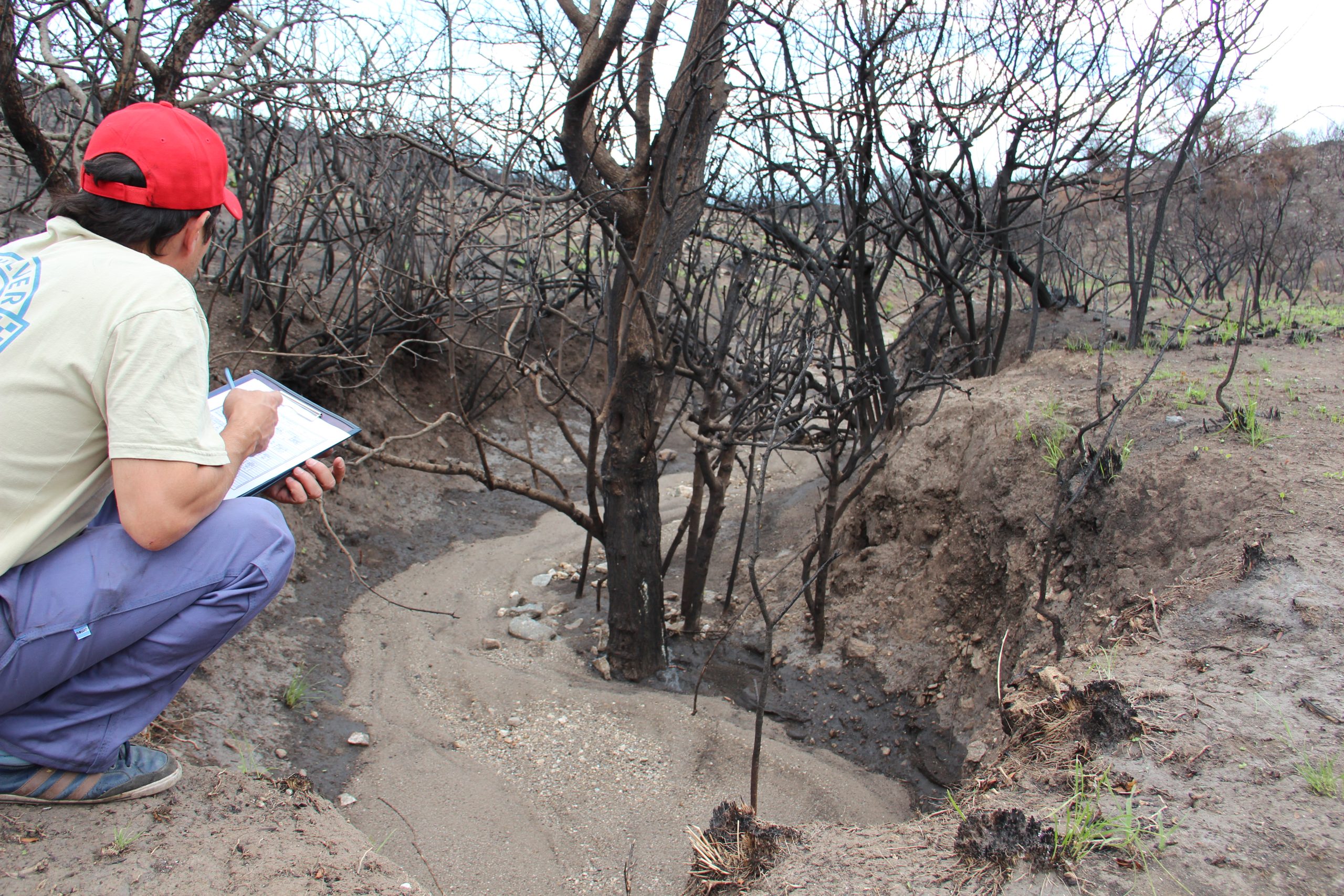
“The need for a leap in scale is total; a pilot project is not enough to reverse the trend,” he added.
For her part, Marcela Zamora said that “it is urgent and necessary” to make the leap in scale, but that “we are still far from that”.
“Adaptation projects should become public policy, but we don’t see that yet, at least not in Bolivia,” Zamora added.
